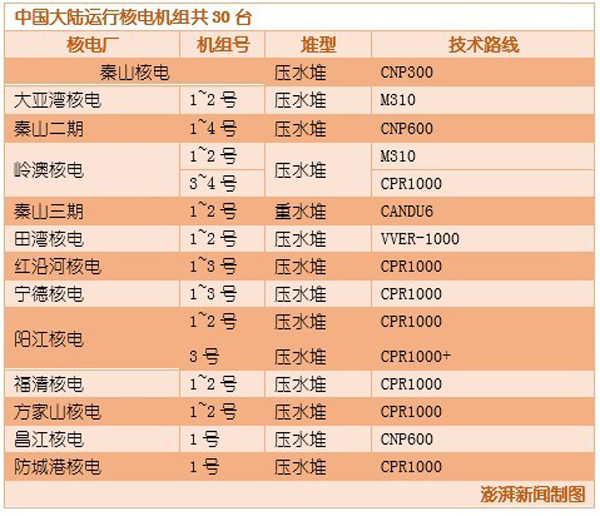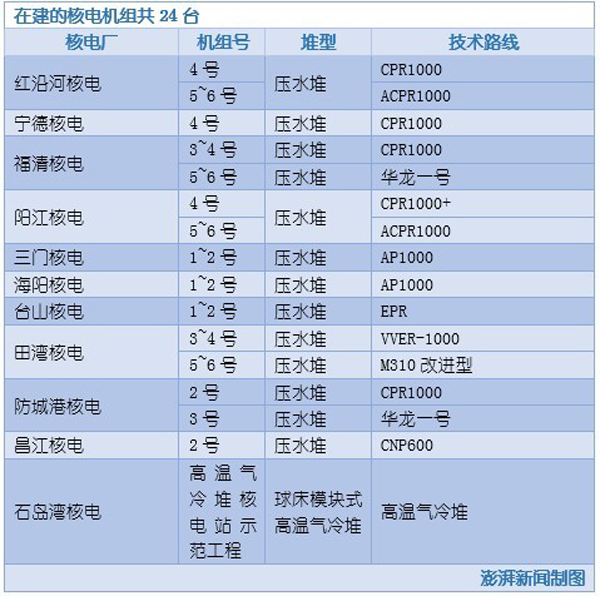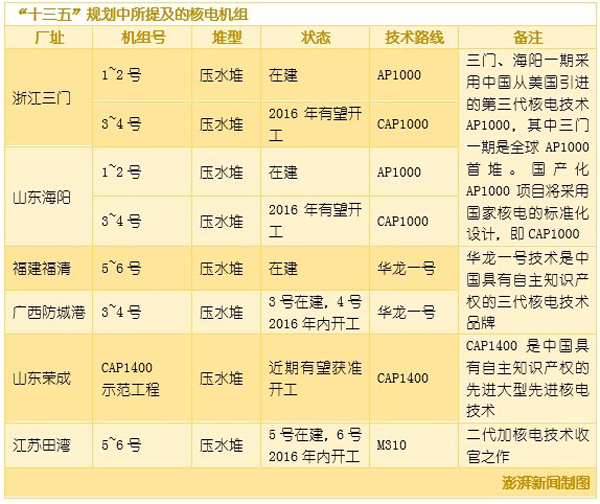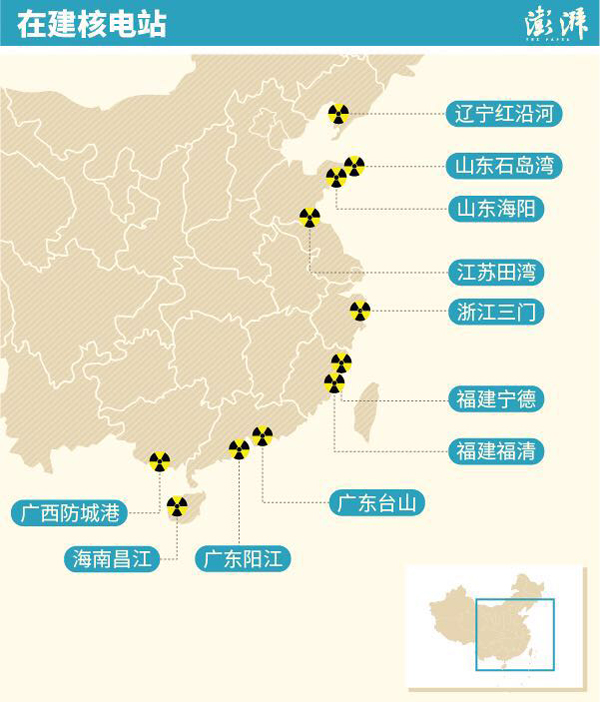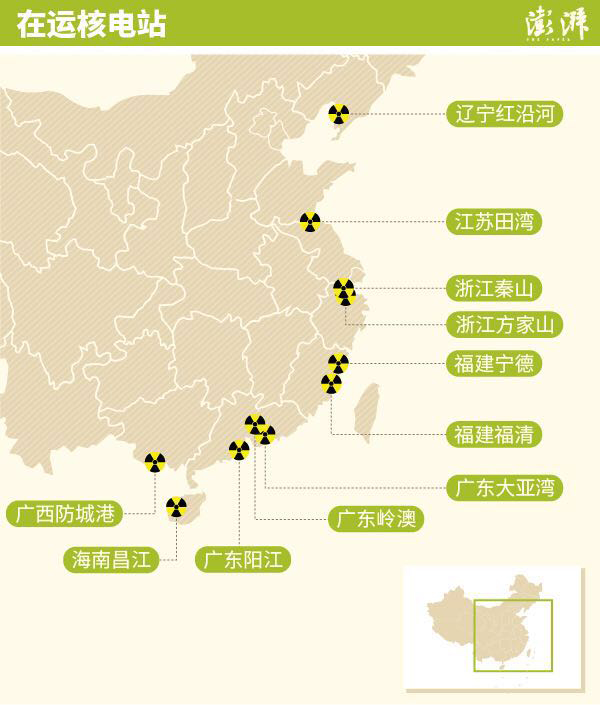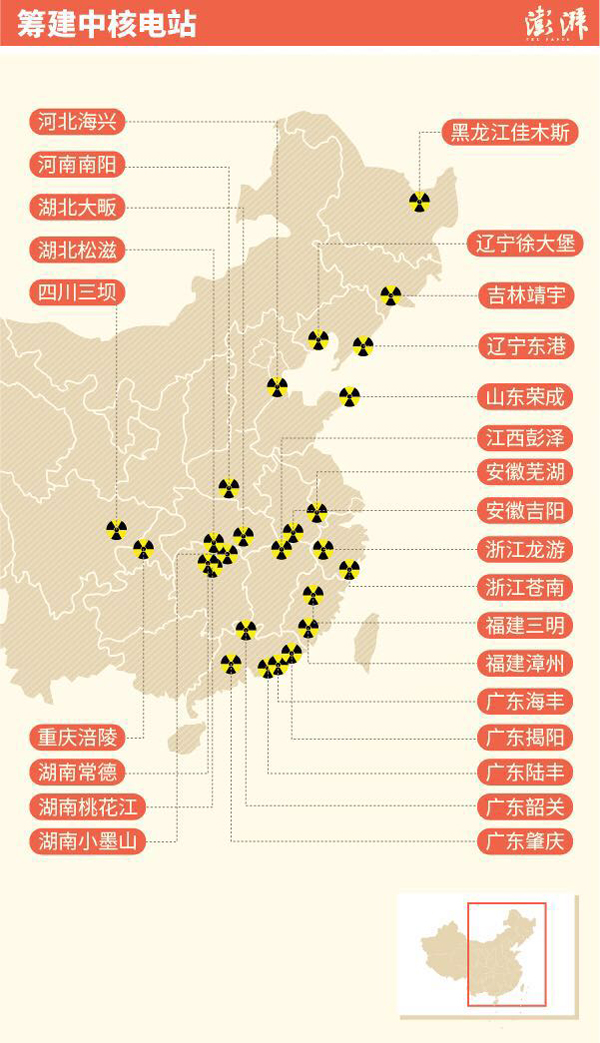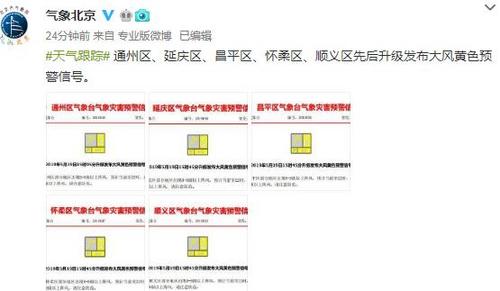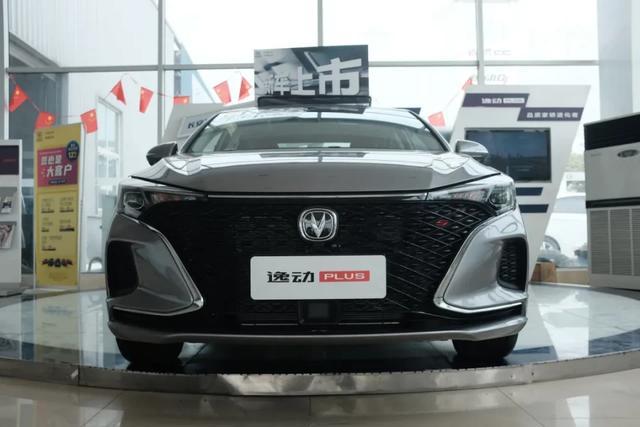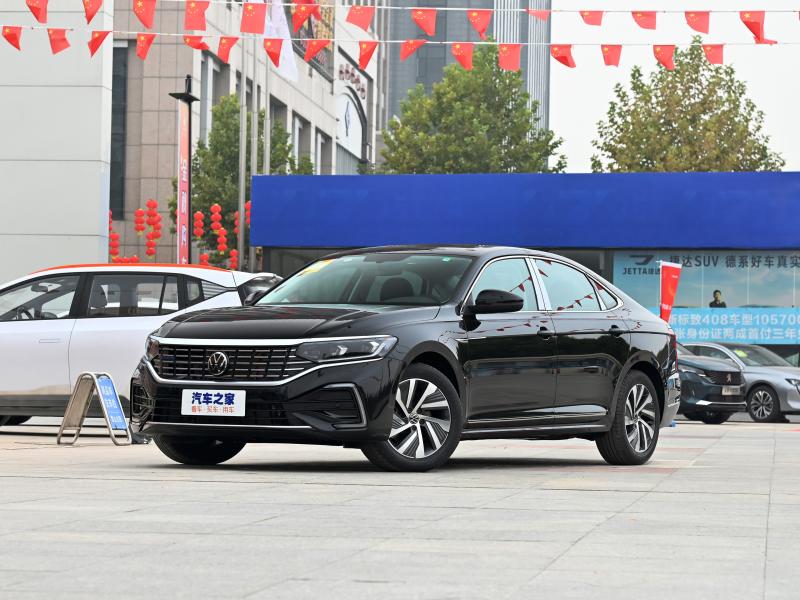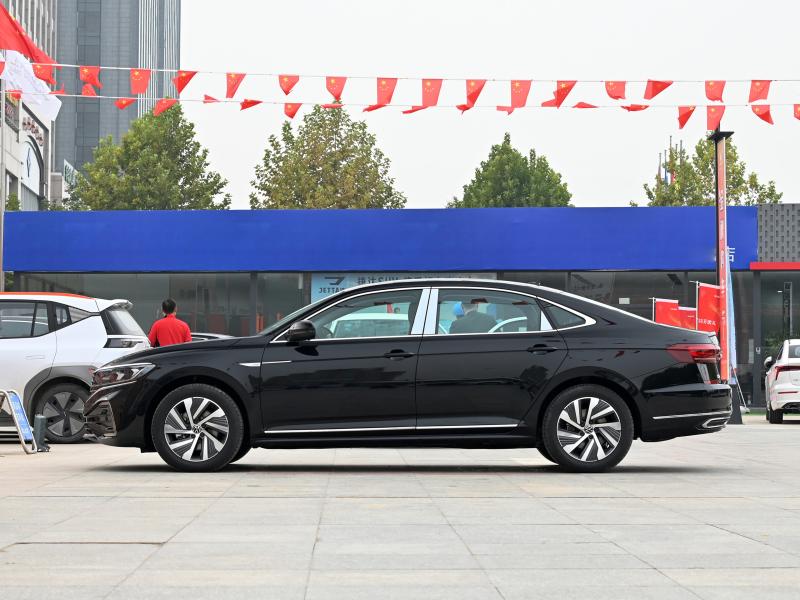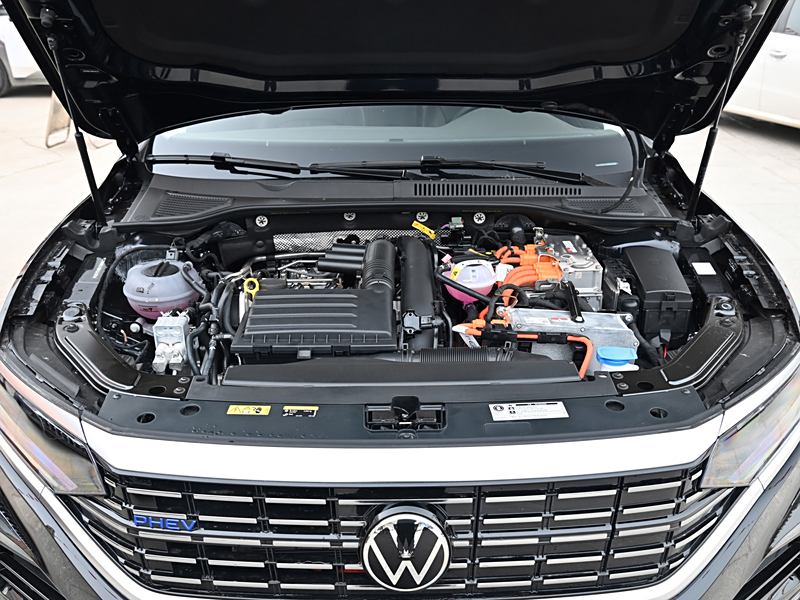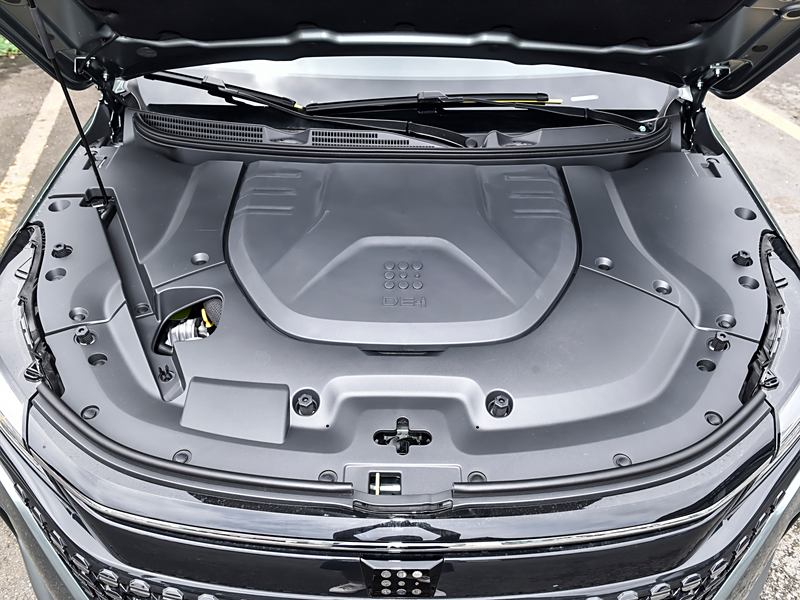In 2019, Changan Automobile sold 810,000 cars under the premise of including the sales of Auchan brand, but the proportion of cars was only about 17.5%, which means that more than 80% were SUV models. By contrast, Geely Automobile accounted for about 48% of car sales last year, which means that nearly half of its contribution came from cars.
It looks like Changan Automobile is the second Great Wall.
Therefore, after the successful launch of CS75 PLUS and the return of SUV sales to the first-line camp, Changan Automobile will inevitably need to grab the car again-"walking on two legs" in order to truly return to a million-dollar scale in sales. Now, the car license of Changan Automobile is this Yidong PLUS.
Changan Yidong is the only product with the concept of "generational replacement" among the independent brands in China at present. The main design of the first belt model, the soft Chinese style lines quickly got the market response, and the market share and Emgrand were bright for a while. The second-generation model, the previous model is relatively mediocre in design, and the front face is very similar to Lexus, which failed to turn red again in the huge controversy. This time, Yidong PLUS is the second-generation mid-term redesigned model.
Appearance: small surprise
The design of the new Yidong PLUS obviously continues the idea of CS75 PLUS, making the main body of the front air intake grille large enough, while reducing the original spindle-shaped bottom, thus forming a fierce front face. 1.4T and 1.6L models have two different styles, namely, a black honeycomb-shaped sports grille and an elegant grille with horizontal bars. However, even the sports model is decorated with many chrome trim strips, which may be more pleasing to China consumers.
However, compared with the exaggerated air intakes and fog light areas on both sides of CS75 PLUS, the air intakes of Yidong PLUS are not so grandiose. Of course, the air intakes are fake, mainly for decorative functions.
In the headlight part, because the top of the air intake grille is designed to be very flat, the front end of the headlight has also become a straight line here, which is connected with the chrome trim on the top of the air intake grille as a whole. The headlight cavity is similar to the inverted "L" LED daytime running light group, which looks "fierce" as a whole, but it looks a bit "cute" at a 45-degree viewing angle.
Another detail is the A-pillar. Here, the decorative strip of the A-pillar can block the groove joint between the A-pillar and the front windshield, which can effectively reduce the wind noise and wind resistance in this area, and has a good decorative effect. However, because it is a decorative piece that requires extra cost, it is generally equipped in mid-to high-end models.
As a mid-term redesigned model, there is not much change in the side, a chrome-plated decorative strip runs through the tail, and the vertical reflective lights on both sides are more sporty.
Interior: high-grade luxury technology
Before entering the car, let’s take a moment to talk about the handle of the interior door of Yidong PLUS. Changan’s designers improve the switch texture through multi-stage damping components. For example, when the handle is released, the handle will slowly return to its original position instead of suddenly bouncing back abruptly. This detail impressed the people who came into contact with the car for the first time, and it was very advanced.
The word "brand-new" in the interior of Yidong PLUS is replaced by a brand-new interior design language, with a double 10.25-inch large screen design-only the top is available-and the whole is a suspended trapezoidal design without any eaves. This integrated visual effect is better than that of CS75 PLUS. Another advantage of this design is that the table top in front of the co-pilot seat can be made thinner, with a better view, without covering a large area of hard plastic decorative boards, which is both advanced and fashionable.
In addition, the steering wheel design of Yidong PLUS has a special "BMW flavor", including the silver decoration in the button area, which is a very BMW feature.
In terms of material, the front IP desk is made of enameled plastic, and the black piano paint panel extends from the display screen to replace the original decorative strip. In order to make a sense of layering, Yidong PLUS also adopted a decorative board that looks vaguely gray in the facade of the air outlet. Although it feels like ordinary plastic, its visual texture is more advanced.

Of course, the price of Yidong PLUS is very competitive, so the configuration and materials can’t be "always kind". For example, the material of the front and rear door panels is different-the upper layer of the front door panel is plastic, and the rear door is all hard plastic, which reduces the sense of advanced in the back row; At the same time, the air conditioner is single-zone control, and the knobs and buttons are relatively average in texture; For example, the cover inside the trunk is a soft layer, and the board is not counted. Fortunately, these "make a fool of oneself" places are not many, and the overall workmanship is still first-class.
Space: standard level
From the perspective of body size, Yidong PLUS has a wheelbase of 2700mm and a body length of 4730mm, which is a standard A-class car size, which is not too unexpected, but the body width of 1.82 meters still has a real advantage. In fact, the size of the A-class car has been basically finalized, and the wheelbase of 2,700 mm is basically the same. An extra 20mm may not have much effect on the space, so it mainly depends on the seat layout in the car.

Yidong PLUS has a relatively low front IP platform, so even if the sitting posture is lowered, the field of vision is spacious enough. As for the space in the back row, sitting in with a figure of 175cm, there is probably a leg space of about one punch and four fingers, and the head space is about one punch and one finger. The bulge of the central platform is almost negligible. With the width of 1.82 meters, it is no problem to take three people in the back row. In terms of sitting posture, the escape PLUS is not lost, but the back backrest angle is slightly set, but the hip point is relatively low, and the center of gravity is relatively low. In addition, the seat is more resilient and has better support for long-distance riding, which is not the kind of soft seat.


The nominal volume of the trunk space of Yidong PLUS is 500L, which is relatively regular as a whole, which is enough for ordinary families. In addition, the second row of seats can be laid down, which can expand the storage space of almost 1000L L.
Driving experience: The 1.4T Blue Whale has a surprise and a positive dynamic response.
Due to the time limit, we can only briefly experience the dynamic performance of Yidong PLUS. This test drive is the top model of Yidong PLUS, which is equipped with an Changan 1.4T Blue Whale engine, with a maximum power of 116kW and a maximum torque of 260N·m, matched with a 7-speed wet powershift, and its performance output can be said to be more than adequate.
It seems that the 1.4T output power of Yidong PLUS is not large, but Changan’s output setting is positive. Basically, if you give a little oil, the speed pointer will run to 3000 rpm, which is a very powerful car at first. On urban roads, the driver will downshift and pull the rotation speed slightly, and the engine sound will flood into the car and speed up quickly. At this time, it is very sporty to drive. Fortunately, the accelerator pedal is a relatively calm European style, and there will be some weight when you step on it, which can greatly alleviate the problem of car jumping.

Many people are curious about this 7DCT in Chang ‘an, and wonder if it will be too risky to abandon Aisin 6AT and use dual clutch. However, after a few laps, I feel that the matching of this set of dual clutches is relatively smooth. It is almost difficult to detect the shift during the cruising stage from the start to the speed of 40 to 50 kilometers per hour. Only the jump from the third gear to the fourth gear will be more obvious. Of course, when you step on the accelerator again, the downshift is not so fast, and there will be an obvious delay, probably waiting for the speed to go up before downshifting, and then there will be a sudden acceleration. I think this should be to keep the smoothness and durability of shifting, and the combination process will be longer.

In terms of suspension, Yidong PLUS adopts the former McPherson rear torsion beam type non-independent suspension, but Chang ‘an’s adjustment skills have always been there, which belongs to the solid sense of eccentric sports, not exactly the soft Japanese sedan style, but more with a tenacity. At the same time, the steering feel is slightly lighter, but fortunately, the damping and road feel are more adaptive, and I think it is still a little obvious with the change of speed steering.
Summary:
Yidong PLUS is put into the current independent brand sedan market, but there is actually only one opponent: Emgrand GL. Compared with Emgrand GL, the size of the two models is almost the same, and the space experience is also very close.
However, the difference is that Emgrand GL mainly focuses on the A+ class market, with the powertrain starting at 1.4T, and the high-end is the set of 1.5TD+7DCT shared with Volvo. Although Yidong PLUS has increased the 1.4T blue whale engine with 116kW and 260N·m, it is obvious that the main engine is the 1.6L self-priming engine. In this way, the positioning of Yidong PLUS is actually between Emgrand GL and Emgrand, which also explains why the starting price of Yidong PLUS is 72,900 yuan-the actual discount is already around 6,000 yuan-and the terminal price is within the range of 60,000 yuan.

Moreover, Chang ‘an is more kind, and the cost performance of the entry model of Yidong PLUS is very high. There are 16-inch aluminum alloy wheels, body stability system, leather seats, reversing images, 7-inch central control screen and mobile phone interconnection, even the makeup mirrors of the main and co-pilots in the car have not been reduced. If you spend more money, you can upgrade to a 10.25-inch big screen, car networking system and LED headlights. It is still highly recommended.
On the whole, the price-performance ratio of Yidong PLUS in the market of 70,000-80,000 yuan is still very high. For family buyers who mainly meet daily use and do not have too much power demand, the 1.6L self-priming model is enough, while for young consumers who like high horsepower, the output of 1.4T is more than enough. Perhaps the only trouble with Yidong PLUS is that for consumers who pursue sports and individuality, the 1.4T model with a price of more than 90,000 yuan may have enough power, but opponents have added some small SUVs, which is more difficult to break through.
Text/Figure | |JackieLXX
